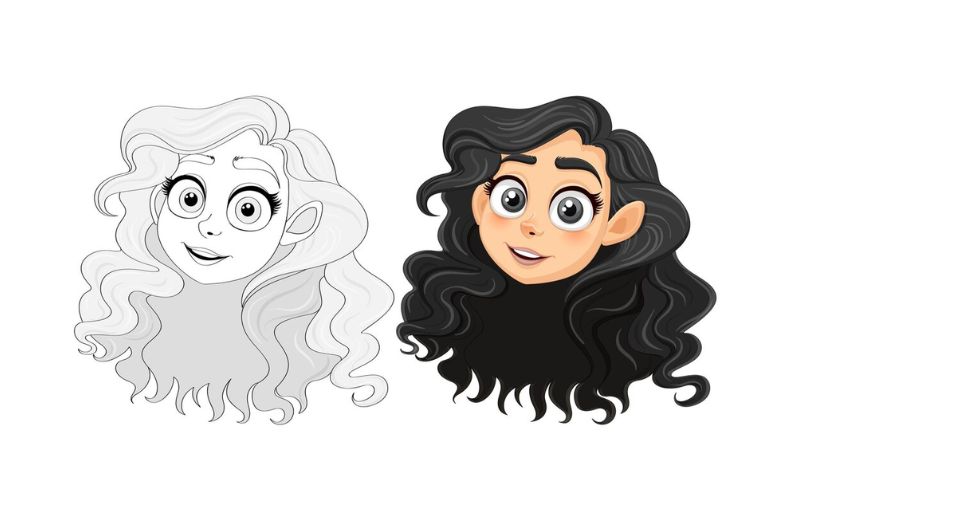
Feb 06, 2025

Vast research carried out by Metastat Insight into the Global Hair Color Market depicts an industry constantly in change due to aesthetic preference, cultural influences, and new formulations. Deep-rooted traditions of hair coloring to the pursuit of modern self-expression mark this sector in its striking change and reflection both on consumer behavior and technological progressions. What was once a niche offering exclusive to professional salons has today blossomed into a multi-faceted industry wherein at-home solutions, organic alternatives, and high-fashion hues are rewriting the world's understanding.
The current shift in consumer psyche has fueled demand for hair coloring products from mere grey coverage. No longer a product just for the elderly to aid, hair color has now turned into an artistry that people from every walk of life are contrasting against. Social media has really pushed this growth forward, creating a culture that celebrates and shares all the bright hair color changes. The aspirational quality of these images has been driving consumer experimentation and forcing brands to launch formulations that can address a wide range of tones and textures.
At the heart of this growing market is an increased awareness of product composition. Increasing numbers of consumers study ingredient labels, and it forces brands to produce ammonia-free, plant-based, and nutrient-enriching products. This, in turn, has created further momentum toward a larger movement that includes the sustainability agenda. Therefore, this transformation prompted an entire industry to rethink their sourcing, production, and marketing processes. Although synthetic dyes still hold a significant share, botanical extracts and naturally derived alternatives are fast emerging as the choices of the day for brands to balance performance with ethical considerations.
Innovation in application methods has further opened up hair color products. Today, users do not prefer the age-old tradition of boxed dyes, since people have various alternative options at hand, like the temporary color spray, the colour-depositing conditioners and semi-permanents which could fade well without any hint. Professional kits available for home use have shifted the difference in salon application even further, as high results can now be achieved in the consumers' own space. This convenience along with expertise has altered the buying behavior, and digital tutorials and influencer-endorsed have emerged as a new-age guide to the products and its usage.
Personalization is turning out to be a hallmark feature of the modern hair color industry. The engines of artificial intelligence will power the personalisation and help the consumer choose the right shades matching their skin's undertones. But the matching of shades would eliminate much of the uncertainty over the purchase with room for even better confidence over the self-application process. A section of personalisation has even evolved to this stage where a few brands provide colour-mixing services for their bespoke services where an individual can mix up the shade based on specific tastes.
What with hyper-personalization, and catering to such an increasingly persnickety crowd, that already makes sense. Industry geography stacks another layer over this growth story:. Some color-loving regions might go gung-ho, bold, out-of-the-blue colors, others are much conservative, and rather prefer nature-inclined formulations and traditionalists. Economic feasibility, climatic conditions, the regulatory environment impacts adoption rates and preferred formulations over a region as well. Regions with high humidity require color formulations that are stronger and more resistant to fading. Similarly, differences in hair texture among various populations have shaped the formulation of products for curly, coily, and straight hair.
Despite the bright prospects of the industry, there are a host of challenges that the industry faces. The chemical composition of some dyes has been a concern for several decades, resulting in regulatory agencies being more rigorous in the demand for disclosure of ingredients and safety testing. The supply chain disruption has also introduced volatility in the procurement of raw materials and is likely to influence production timelines and pricing structures. The clean-beauty shift worldwide has further forced manufacturers to refine their formulations without losing on performance. In this context, the research and development teams need to find safer and more sustainable alternatives that can be used to meet the regulatory requirements but also align with consumer expectations.
Hair color commercial landscape is also changing its way of distribution. The direct-to-consumer model will keep the brand in touch with customers more strongly, while the e-commerce giant has gained popularity. Subscription-based refill services in colors are being preferred by more consumers, resulting in repeat sales. Brick-and-mortar retailers have also accepted the experiential retail platform with interactive display screens and AI-consultations creating an experience during shopping. This hybrid approach to retail underlines the importance of accessibility and engagement in sustaining market growth.
The future of the industry will be shaped by science and self-expression, as the trajectory of product innovation is going to be dominated by science and self-expression. Biotechnology advancements may lead to the development of pigment-altering solutions that provide long-lasting color changes without relying on traditional dyes. Yet another area that integration will be seen is in scalp health under the color formulation. Consumers being the end users are demanding more and more products not only to make the hair look great but also healthier; this integration will continue to grow. As consumer needs continuously evolve, so will the industry reinvent itself and continue to experiment with new possibilities.
This extensive report on the Global Hair Color Market by Metastat Insight explains an industry that thrives on creativity, technological progress, and an acute understanding of consumer aspirations-from breakthroughs in the realm of formulation to shifting the very ideals of beauty-this fluid nature ensures that it remains a cornerstone of the larger beauty industry. As new trends and innovations unfold, the industry’s ability to adapt will determine its ongoing relevance in a world where individuality and self-expression remain at the forefront of beauty choices.
Drop us an email at:
Call us on:
+1 214 613 5758
+91 73850 57479